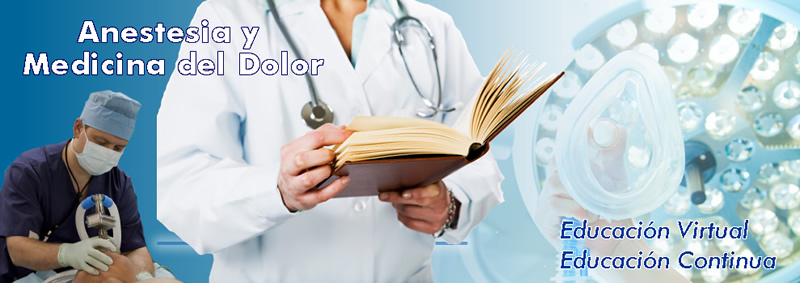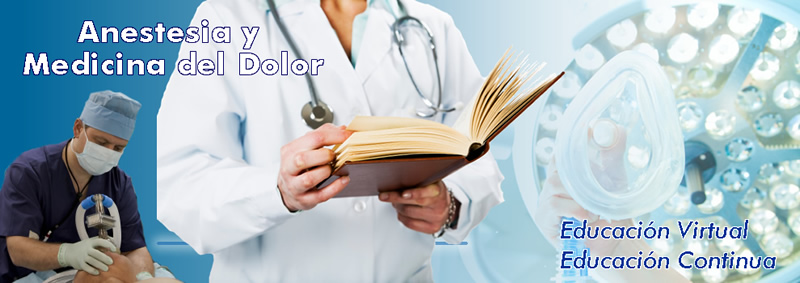Anestesia en pacientes con cardiomiopatía dilatada para cirugía no cardiaca
Anesthetic management of patients with dilated cardiomyopathy for noncardiac surgery.
Anesthetic management of patients with dilated cardiomyopathy (DCM) is a challenge to the anesthesiologist, due to poor left systolic function, ventricular enlargement, risk of malignant arrhythmias and sudden cardiac death. Therefore, preoperative assessment and appropriate anesthetic management are important in patients with DCM. This review describes the preoperative evaluation and anesthesiaconsiderations of patients with DCM undergoing non-cardiac surgery. Patient pathophysiology and clinical status, such as ventricular function, degree of myocardial fibrosis, resting heart rate and high-sensitivity C-reactive protein can affect survival rates. Advanced monitoring devices, such as transesophageal echocardiography and cardiac resynchronization therapy can be used to assess ventricular function and myocardial fibrosis. Thoracic epidural blockade can improve ventricular function. In summary, the optimal anesthetic management of patients with dilated cardiomyopathy requires good preoperative assessment, close perioperative monitoring, suitable anesthetic, optimization fluid management, and stable hemodynamic status.
| 







